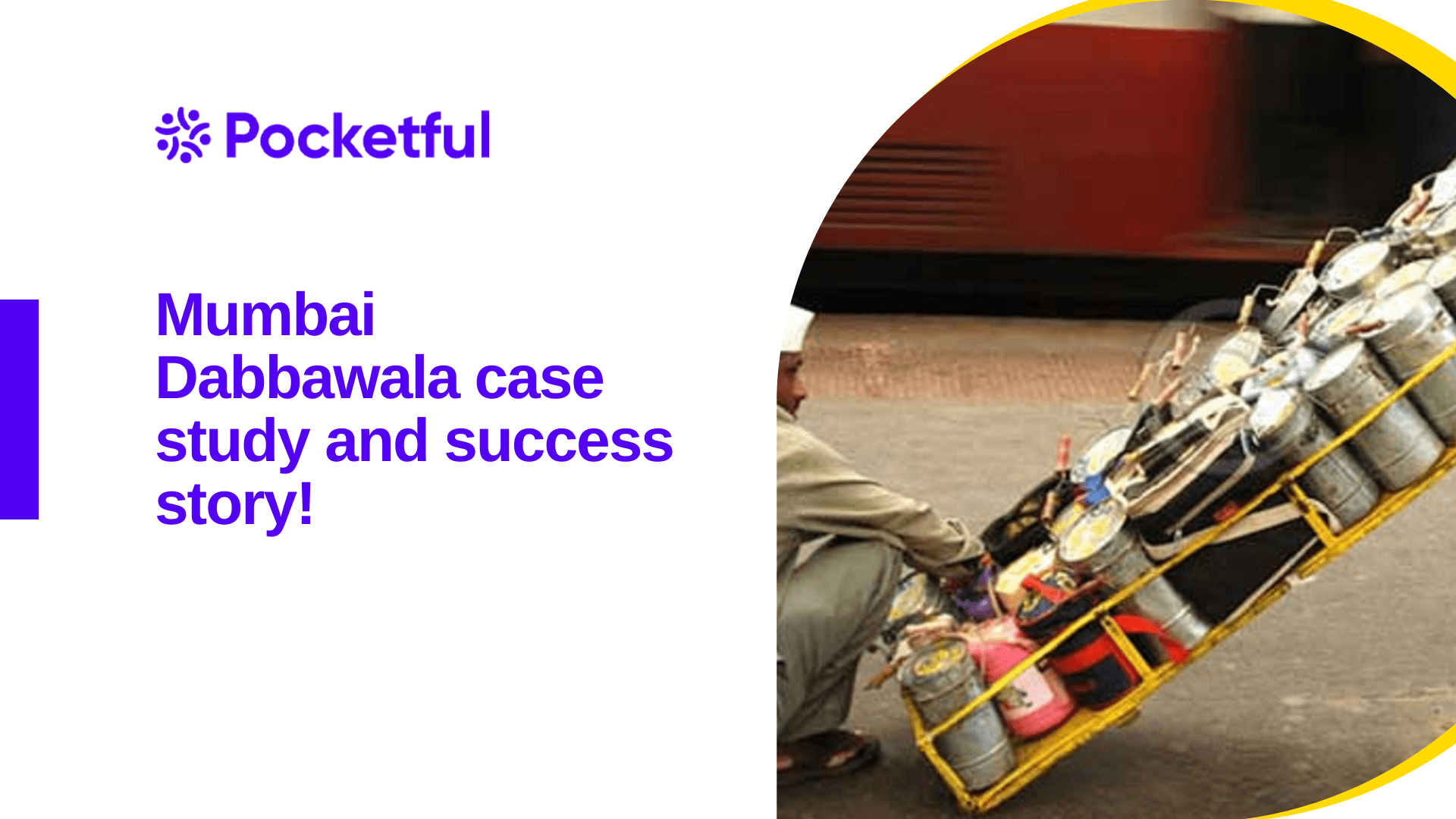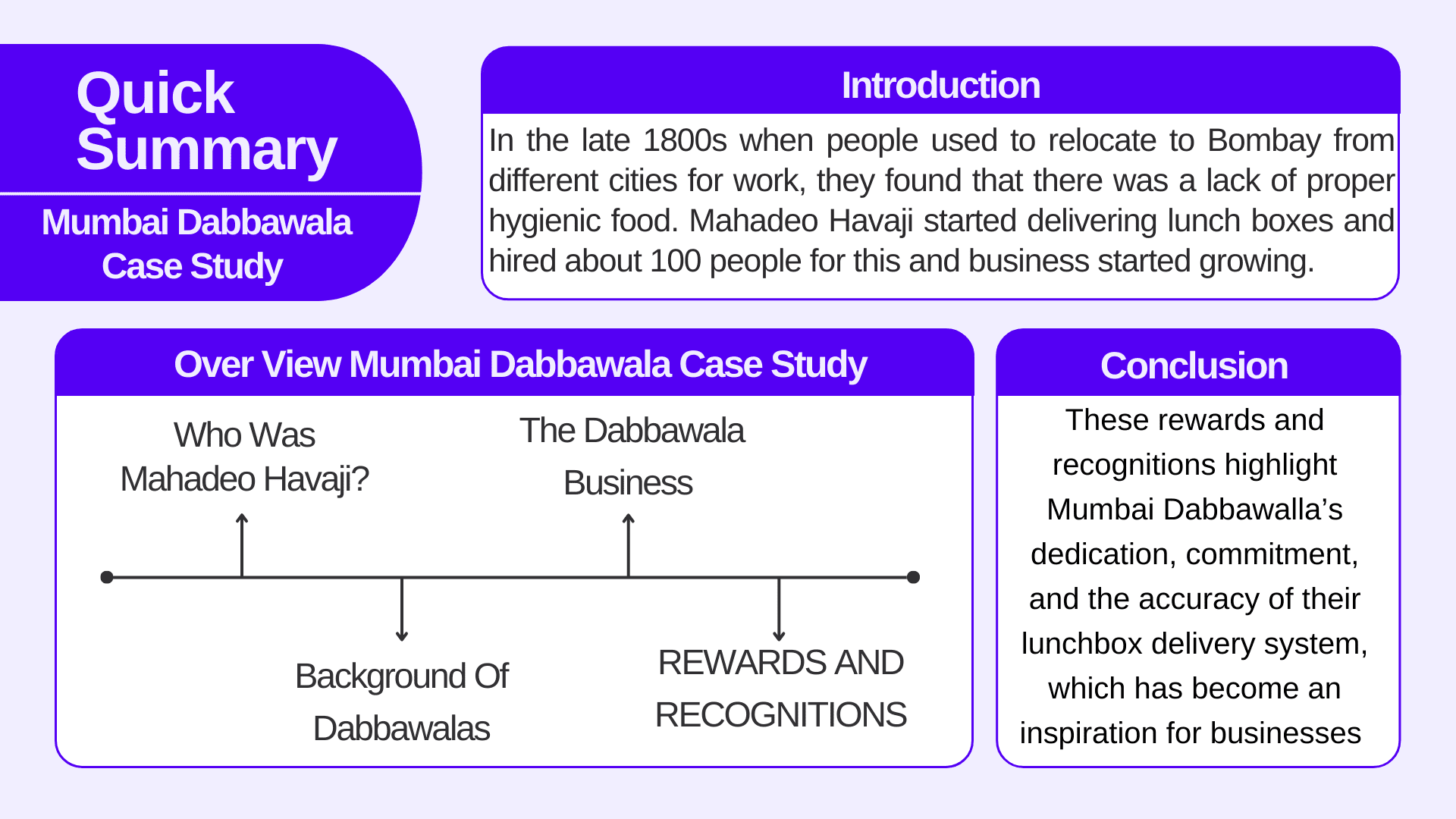| Type | Description | Contributor | Date |
|---|---|---|---|
| Post created | Pocketful Team | Sep-28-23 | |
| Added New Links | Nisha | Feb-12-25 | |
| Add new links | Nisha | Apr-11-25 |
Read Next
- What Is Quick Commerce? Meaning & How It Works
- Urban Company Case Study: Business Model, Marketing Strategy & SWOT
- Rapido Case Study: Business Model, Marketing Strategy, Financial, and SWOT Analysis
- Trump Tariffs on India: Trade vs Russian Oil
- NTPC vs Power Grid: Business Model, Financials & Future Plans Compared
- Exxaro Tiles Vs Kajaria Tiles
- Adani Power Vs Adani Green – A Comprehensive Analysis
- Blinkit vs Zepto: Which is Better?
- UltraTech Vs Ambuja: Which is Better?
- Tata Technologies Vs TCS: Which is Better?
- Tata vs Reliance: India’s Top Business Giants Compared
- HCL Vs Infosys: Which is Better?
- Wipro Vs Infosys: Which is Better?
- Voltas vs Blue Star: Which is Better?
- SAIL Vs Tata Steel: Which is Better?
- JK Tyre Vs CEAT: Which is Better?
- Lenskart Case Study: History, Marketing Strategies, and SWOT Analysis
- Parle Case Study: Business Model, Marketing Strategy, and SWOT Analysis
- Tata Motors Vs Ashok Leyland: Which is Better?
- Apollo Tyres Ltd. vs Ceat Ltd. – Which is better?
- Blog
- mumbai dabbawala case study and sucess story
Mumbai Dabbawala Case Study And Sucess Story

You might already be familiar with today’s tale, but some stories are too inspiring not to share again. This case study on Mumbai dabbawala delves into the fascinating world of these men who, in the bustling city of Bombay, ensure that a ‘dabba’—a simple lunch box—becomes the most important part of a corporate employee’s day. They are responsible for collecting, organizing, and transporting these tiffins between homes and workplaces with remarkable precision. Originating during British rule in the 19th century, this concept was pioneered by MAHADEO HAVAJI and has since become a symbol of Mumbai’s culture and reliability.

Who Was Mahadeo Havaji?
In the late 1800s when people used to relocate to Bombay from different cities for work, they found that there was a lack of proper hygienic food. Everyone kind of missed their home-cooked food. So, here comes in picture of the hardest working and dedicated, Mahadeo Havaji. He started delivering lunch boxes and hired about 100 people for this and his business soon started growing.

Around 50% of dabbawallas at that time were uneducated or 2nd-grade drop out of school. A charitable trust named “Nutan Mumbai Tiffin Box Suppliers Trust” was established in the year 1956. It was also registered as a commercial organisation in the year 1968 as the Mumbai Tiffin Box Suppliers Association. It was headed by Raghunath Medge.
Background Of Dabbawalas
These tiffin providers were responsible for carrying lunch boxes from the homes of employees to their workplaces. This service has been in operation for over a century, and it involves thousands of lunchbox deliveries every day. You must have come across the word Six Sigma while reading about dabbawalla stories.

Now what six sigma is? Let’s understand Six Sigma in detail. Six Sigma is a quality control method that was launched in the year 1984 by Motorola engineer Bill Smith. The main objective of this method is to reduce the number of faults in a company’s product with only 3.4 defects per million opportunities so that the income and profit margins of the company can be increased along with the satisfaction of the consumer. To summarize, work faster with fewer mistakes.
There are two methods for Six Sigma, one is for existing businesses and the other one is for new products or services that a company wants to launch.
- FOR EXISTING BUSINESSES
2. FOR NEW BUSINESSES
The concept of Six Sigma can be implemented not only in companies with big organisational structures with skilled people but also in small businesses.
Read Also: Case Study on Starbucks Marketing Strategy
How This Was Implemented In The Dabbawala Business
Approximately 2 lakh tiffin are delivered daily by this popular tiffin service provider of Bombay and with 100% accuracy without any error. You must be shocked that, is this even possible.
So Dabbawallas picks up the tiffin from the residence of the respective customer and brings it to Andheri station. All the dabbas are then transported via train to their final destinations. Dabbas are then unloaded sorted and finally delivered to the customers. Empty Dabbas are then recollected at the later part of the day and are again transported to their substations at which they were initially unloaded. Then they are again transported to their original destination from where they were picked up and are finally returned to the customer by the evening. This complete process is repeated every day and the fun fact is that a specific time and spot is pre-decided for all the pickup, loading, unloading, and drop tasks.
For our reader’s convenience and a better idea of the whole process let’s explain this with the help of a flow chart.

By now you must have got an idea about the daily working of the dabbawalla business. Their main motive is to improve the process and methods to minimise the error.
Dabbawalla adopted colour coding for their lunch-box i.e., there are different colours imprinted on the boxes. Yellow colour for the street code of the residential station, orange colour for the substations at which the boxes are dropped, and red colour is for the destination code including floor numbers and building numbers and this is how Six Sigma was implemented in Dabbawalla business.
REWARDS AND RECOGNITIONS
The Mumbai Dabbawallas have received numerous rewards, and recognition for their exceptional service and efficient lunchbox delivery system. Some of the awards and recognition they have received include
- Six Sigma Certification: The Dabbawallas have been certified as a Six Sigma organization for their remarkable accuracy and efficiency in delivering lunchboxes.
- Prince Charles’ Visit: In 2003, Prince Charles of the United Kingdom visited Mumbai and met dabbawallas to learn about their journey.
- ISO Certification: The Mumbai Dabbawallas received ISO 9001:2000 certification for quality management.
- Recognition by Harvard Business School: Harvard Business School conducted a case study on the dabbawallas, which further raised their global recognition
- Featured in Documentaries and Books: The dabbawallas’ unique system has been featured in several documentaries and books.
- Apart from this, Dabbawallas have also been invited to speak at various international events and conferences.
- The Indian government has recognized the Mumbai Dabbawallas for their contribution to providing employment opportunities to many individuals.
- The dabbawallas have received attention from global media, including newspapers, television channels, and magazines, which has helped promote their work internationally.
- Various business and industry associations have presented awards to the dabbawallas for their outstanding work in the field of logistics and supply chain management.
- Social and Cultural Recognition: The dabbawalla plays an important role in Mumbai’s social and cultural fabric. They are often invited to participate in local events and festivals, where they are recognized and celebrated.
Must read unveils the truth of the Satyam Scam
Read Also: Coca-Cola Case Study and Marketing Strategy
Conclusion
These rewards and recognitions highlight Mumbai Dabbawalla’s dedication, commitment, and the extraordinary accuracy of their lunchbox delivery system, which has become an inspiration for businesses and organizations around the world.
See you in the next blog, until then don’t forget to share your thoughts on our today’s newsletter. By the time do not forget to share this article on WhatsApp, LinkedIn & X (formerly Twitter).
FAQs (Frequently Asked Questions)
Who founded Dabbawala?
Dabbawala was founded by Mahadeo Havaji.
What was the main objective for starting Dabbawala?
The main objective was to provide home-cooked food to people at their workplaces.
What is Six Sigma?
Six Sigma is a quality control method that is used by businesses to make it cost-effective and errorless
Who founded Six Sigma?
Six Sigma was founded by Motorola.
Disclaimer
The securities, funds, and strategies discussed in this blog are provided for informational purposes only. They do not represent endorsements or recommendations. Investors should conduct their own research and seek professional advice before making any investment decisions.
Article History
Table of Contents
Toggle